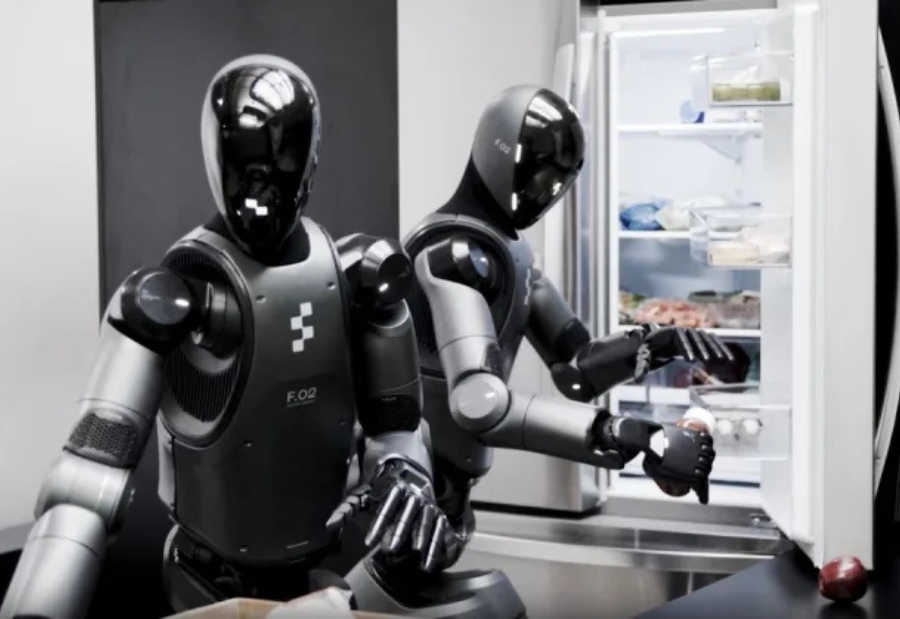Brett Adcock, the founder and CEO of Figure, revealed a groundbreaking machine learning model for humanoid robots, known as Helix. This announcement follows two weeks after the Bay Area robotics company’s decision to end its partnership with OpenAI. Helix is a “generalist” Vision-Language-Action (VLA) model designed to improve robot performance in real-world environments, particularly in the home.
VLAs are a new approach in robotics, combining visual data with language commands to process tasks. Google DeepMind’s RT-2 is currently a popular example, which trains robots using large language models (LLMs) and video. Helix operates similarly, allowing robots to interpret visual inputs and follow natural language prompts. According to Figure, “Helix displays strong object generalization, being able to pick up thousands of novel household items with varying shapes, sizes, colors, and material properties never encountered before in training, simply by asking in natural language.”
In an ideal scenario, you would simply give a voice command, and the robot would perform the task. That’s the concept behind Helix. After receiving voice commands, the robot scans its surroundings and acts accordingly.
For instance, users could say, “Hand the bag of cookies to the robot on your right,” or “Receive the bag of cookies from the robot on your left and place it in the open drawer.” Helix is also capable of managing multiple robots at once, with one helping the other complete tasks.
Figure is showcasing the model with its 02 humanoid robot, which has been tested in home environments. However, homes present unique challenges compared to factories or warehouses, where robots face fewer variables. Adcock pointed out that home robots are hindered by high costs and difficulties in learning to navigate the unpredictable nature of homes.
To make robots truly functional in a home, they need to be able to quickly adapt to new situations, especially with unfamiliar objects. “For robots to be useful in households, they will need to be capable of generating intelligent new behaviors on-demand, especially for objects they’ve never seen before,” Figure explains. Traditional manual programming isn’t scalable in a household setting, as homes differ greatly in layout, lighting, and mess.
While the work on Helix is still in its early stages, Figure aims to address these challenges. The company’s latest announcement is also a call for more engineers to join the effort as the technology advances.
Also read: Viksit Workforce for a Viksit Bharat
Do Follow: The Mainstream formerly known as CIO News LinkedIn Account | The Mainstream formerly known as CIO News Facebook | The Mainstream formerly known as CIO News Youtube | The Mainstream formerly known as CIO News Twitter
About us:
The Mainstream formerly known as CIO News is a premier platform dedicated to delivering latest news, updates, and insights from the tech industry. With its strong foundation of intellectual property and thought leadership, the platform is well-positioned to stay ahead of the curve and lead conversations about how technology shapes our world. From its early days as CIO News to its rebranding as The Mainstream on November 28, 2024, it has been expanding its global reach, targeting key markets in the Middle East & Africa, ASEAN, the USA, and the UK. The Mainstream is a vision to put technology at the center of every conversation, inspiring professionals and organizations to embrace the future of tech.




